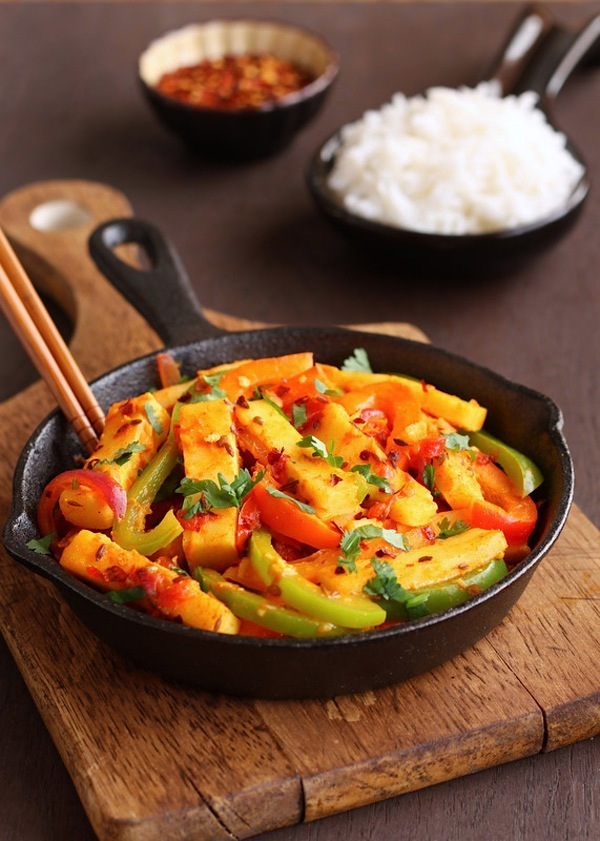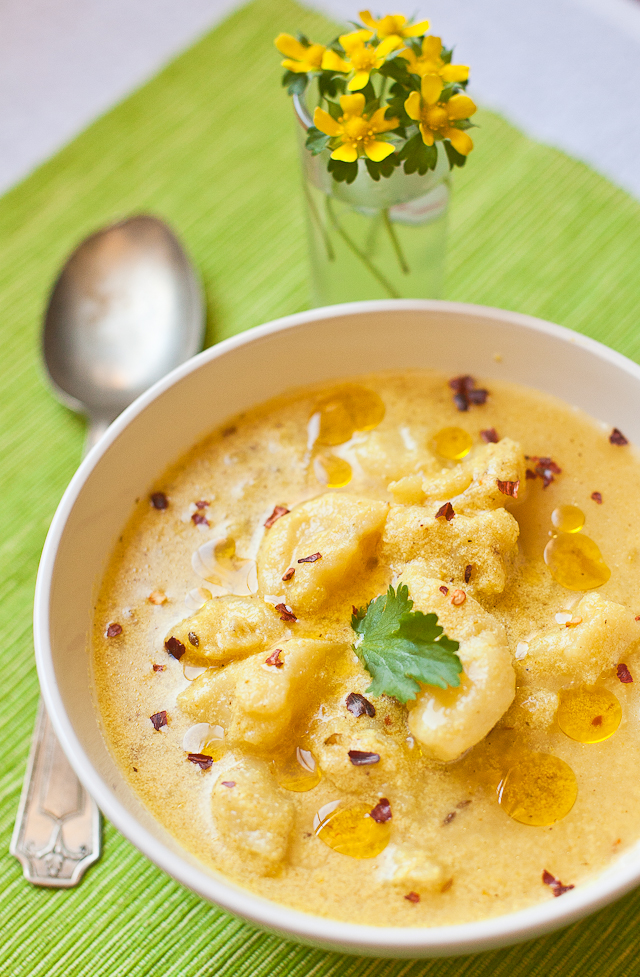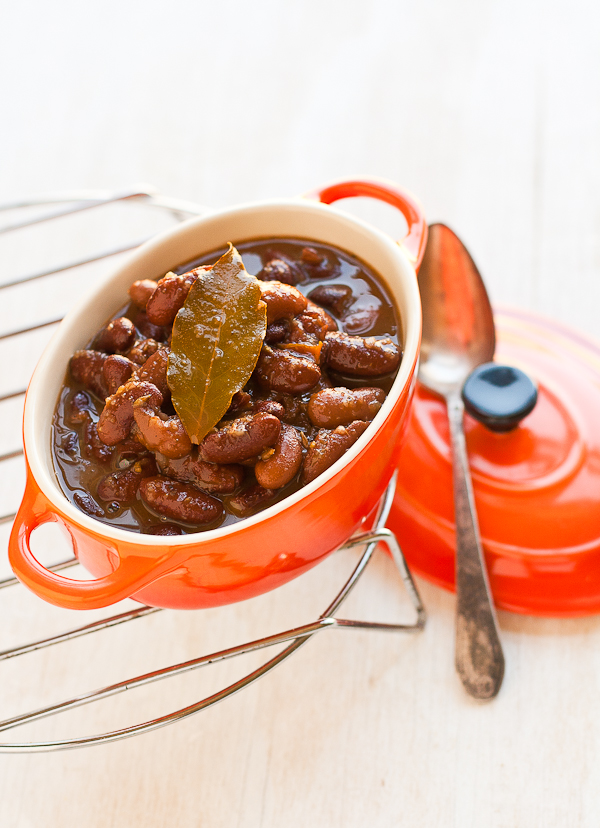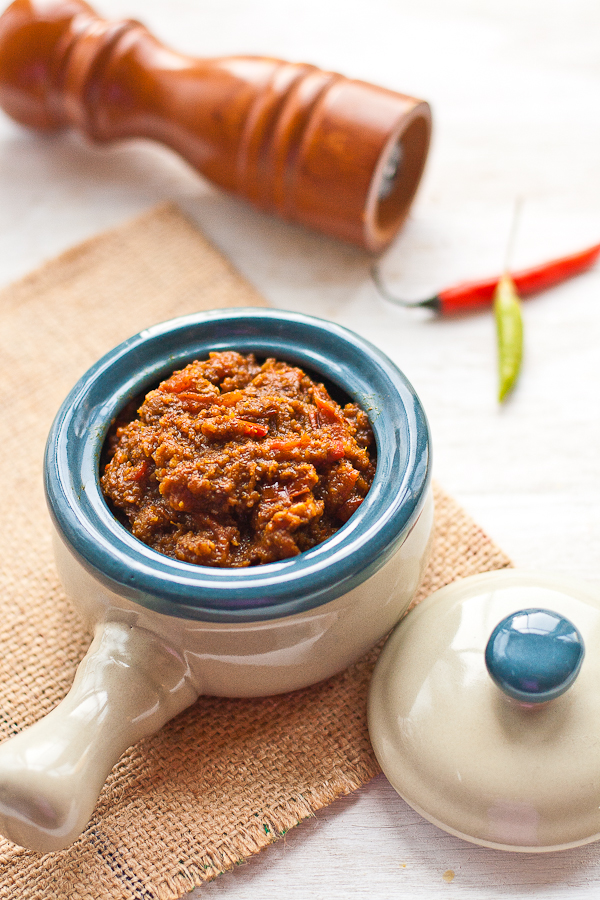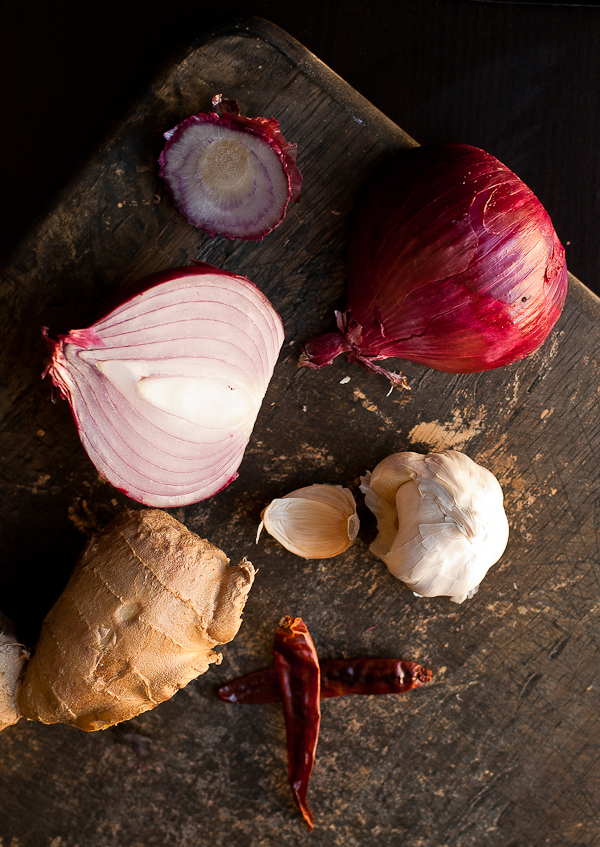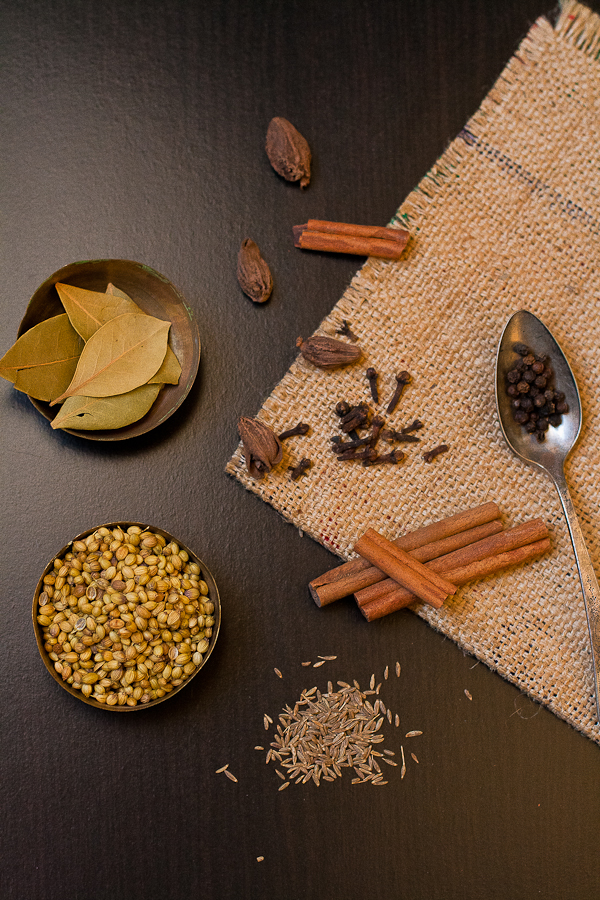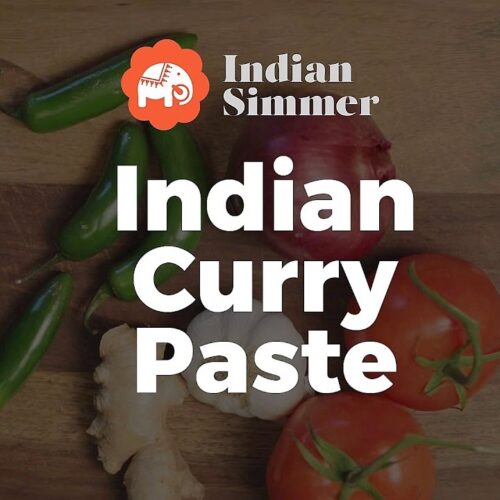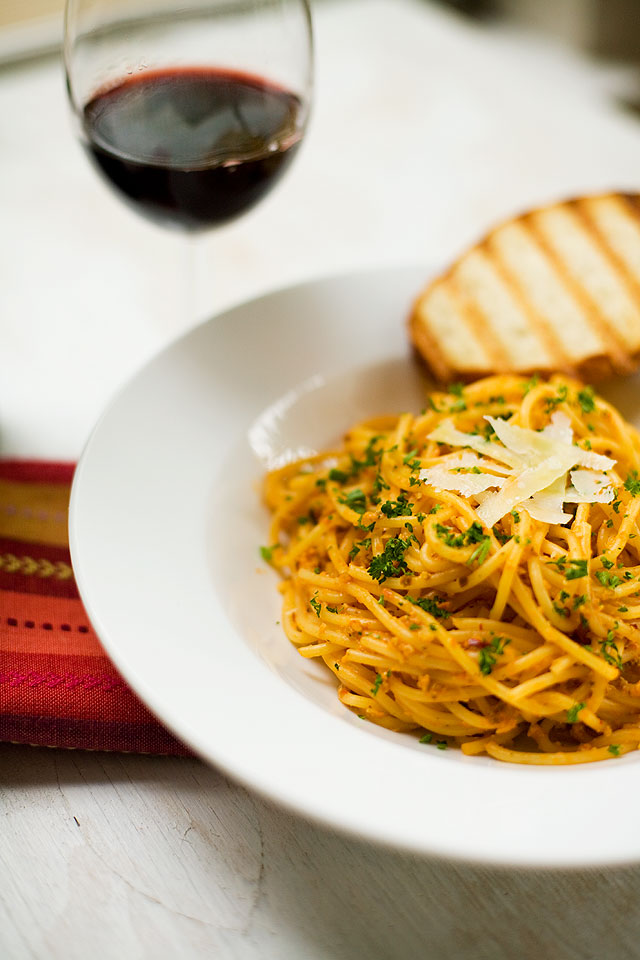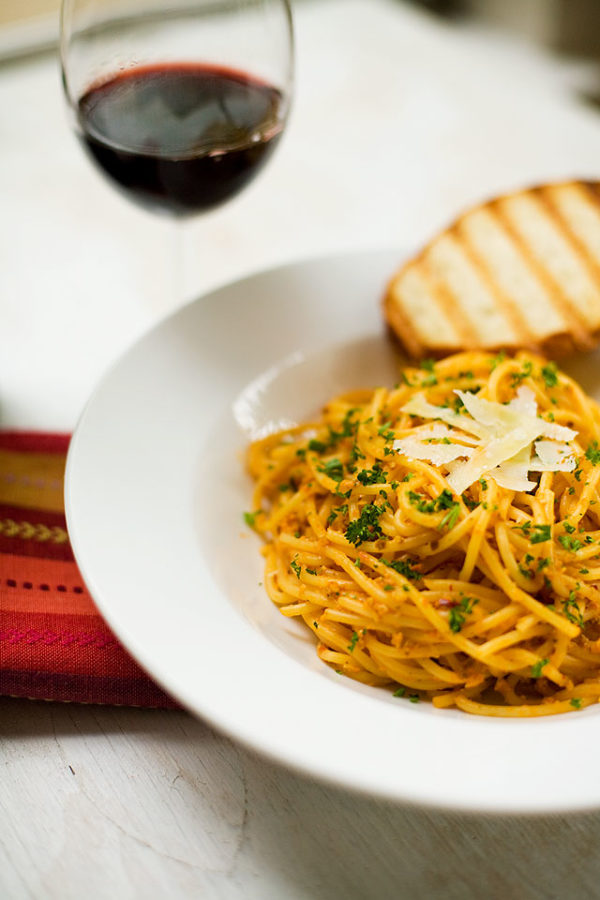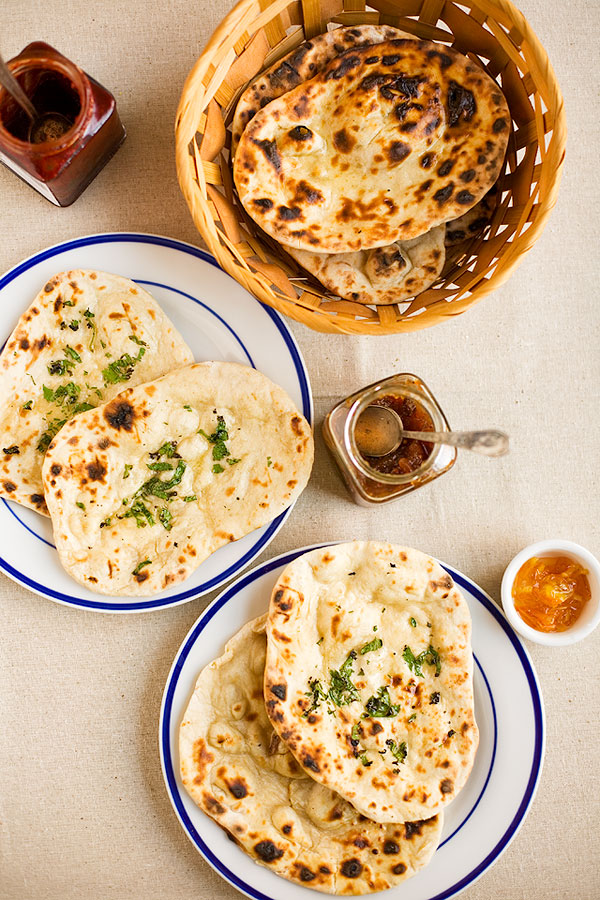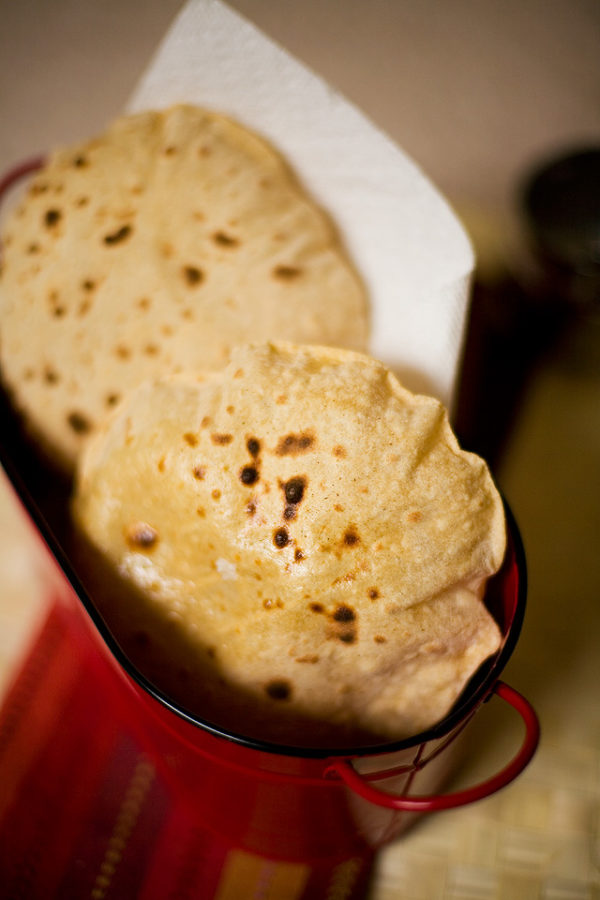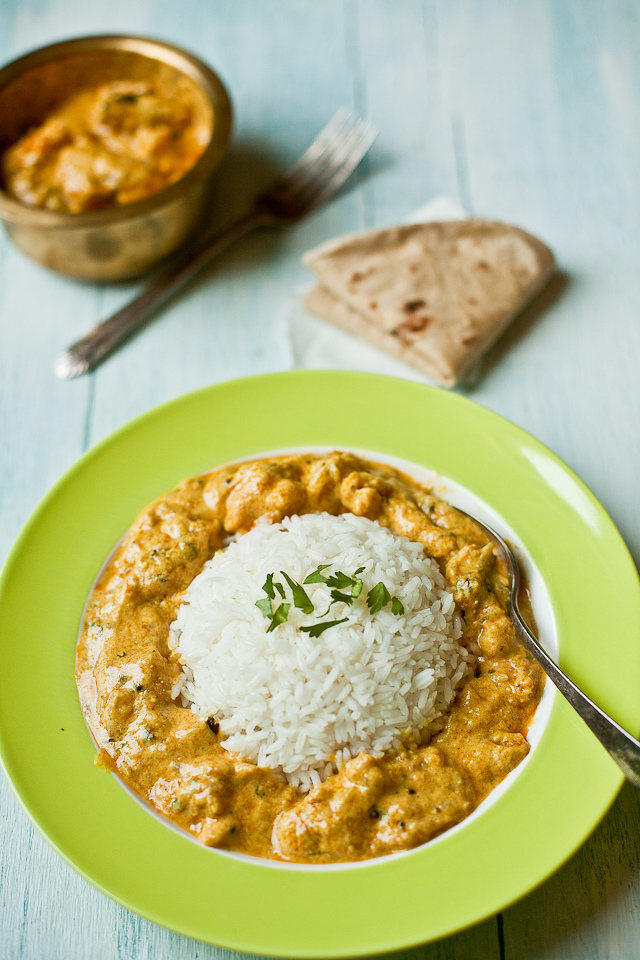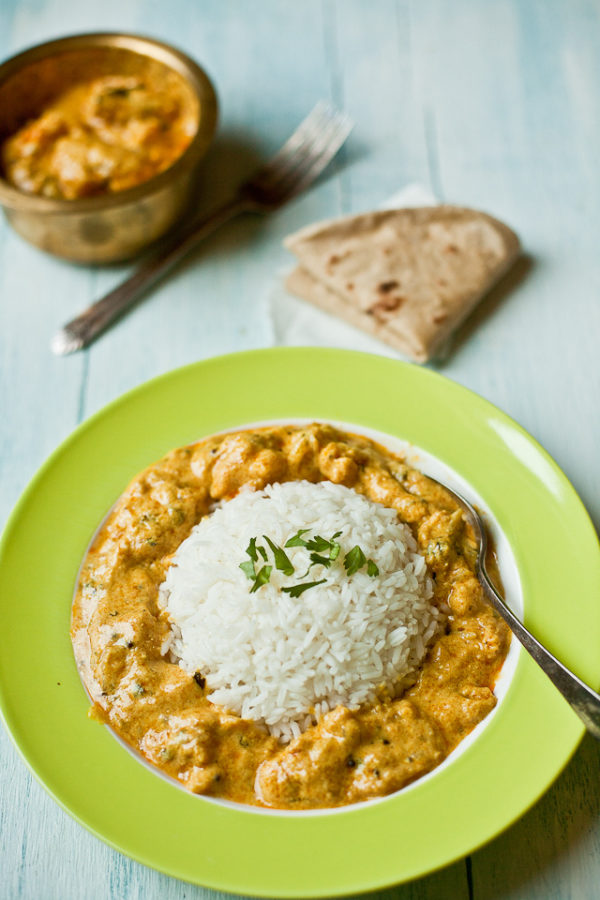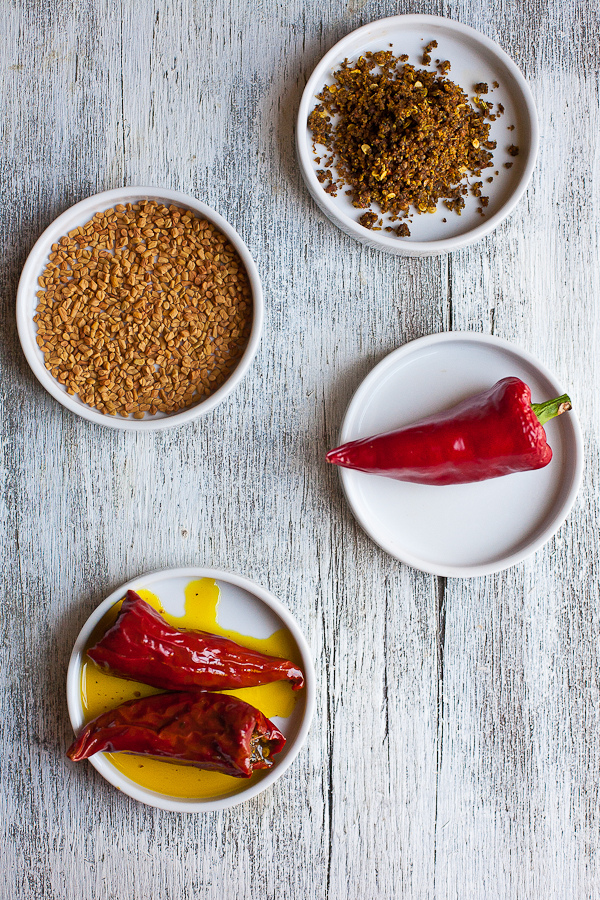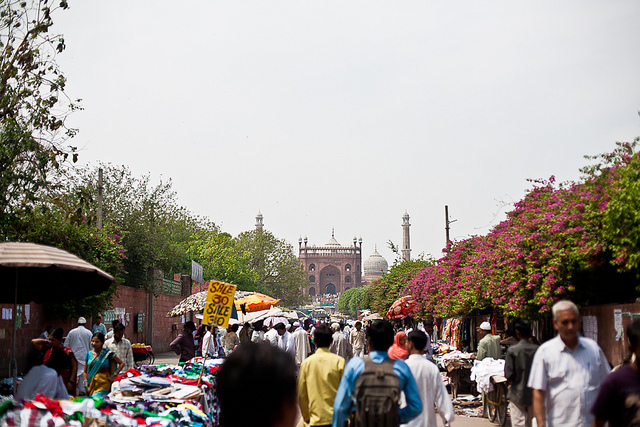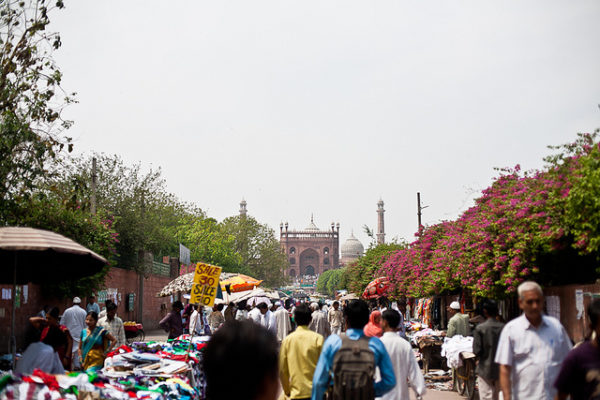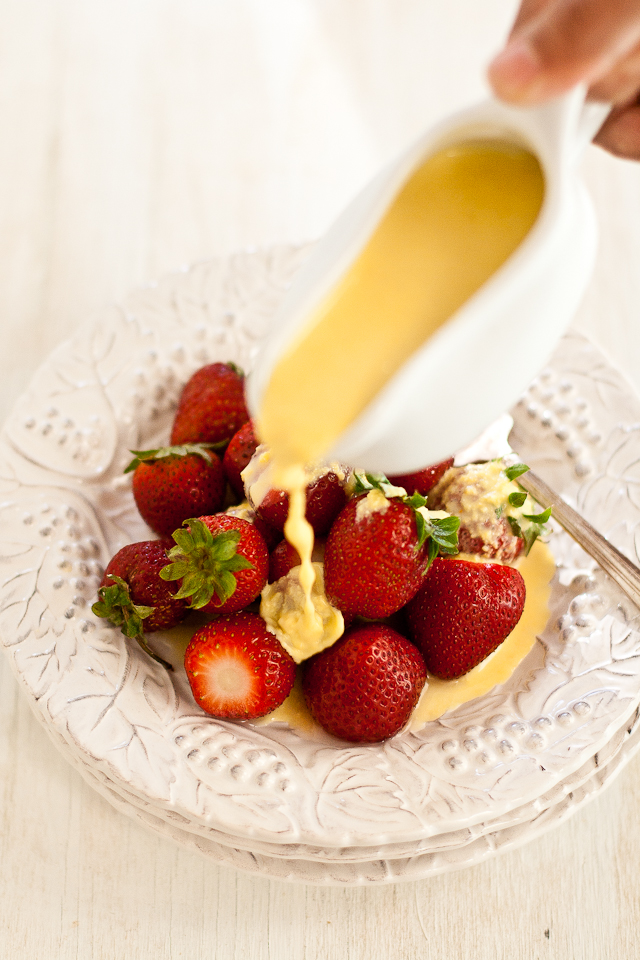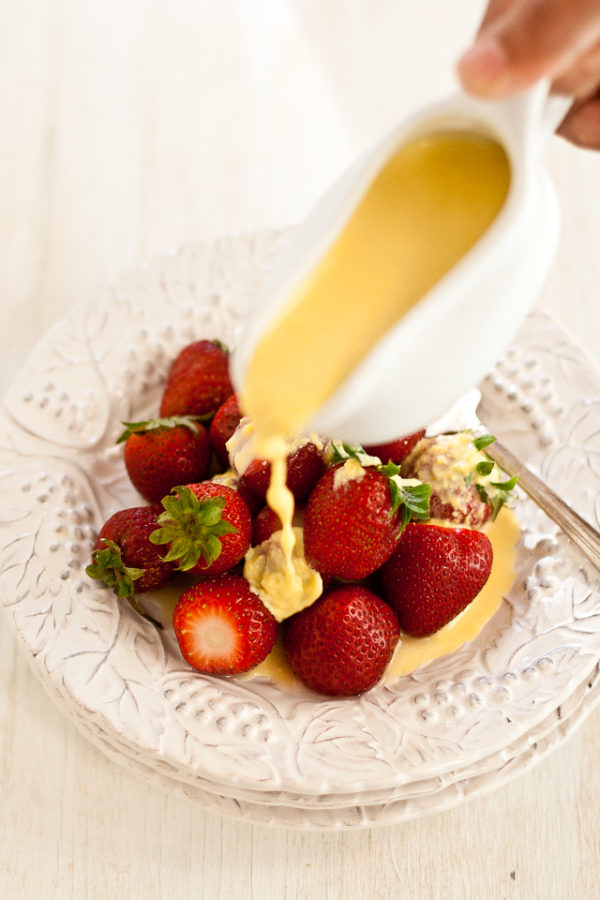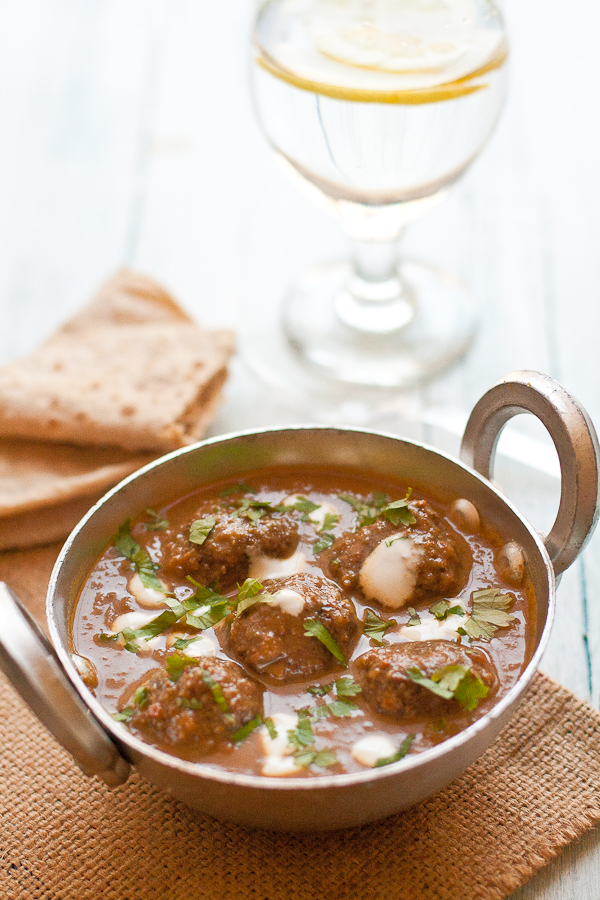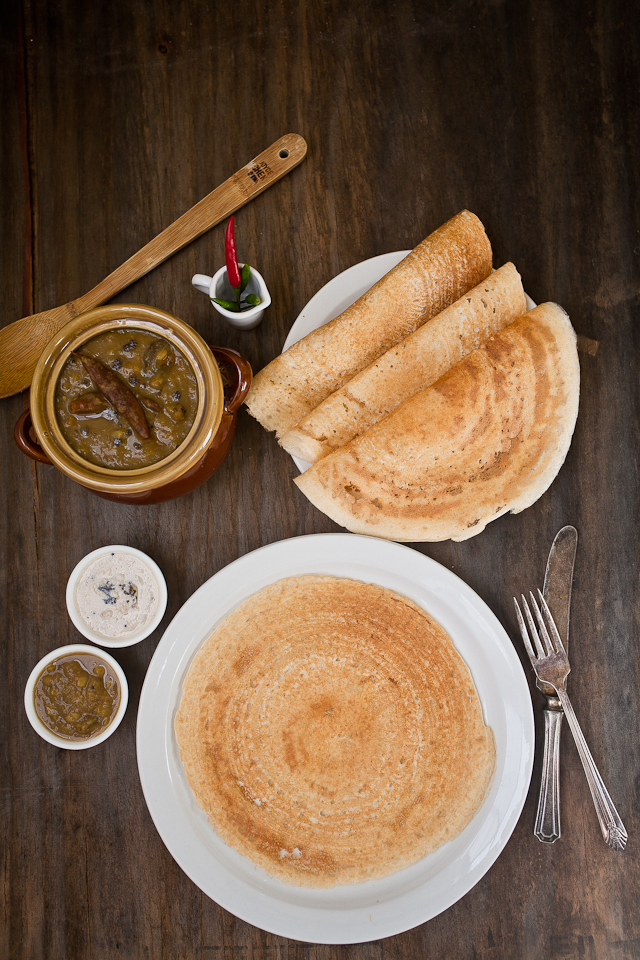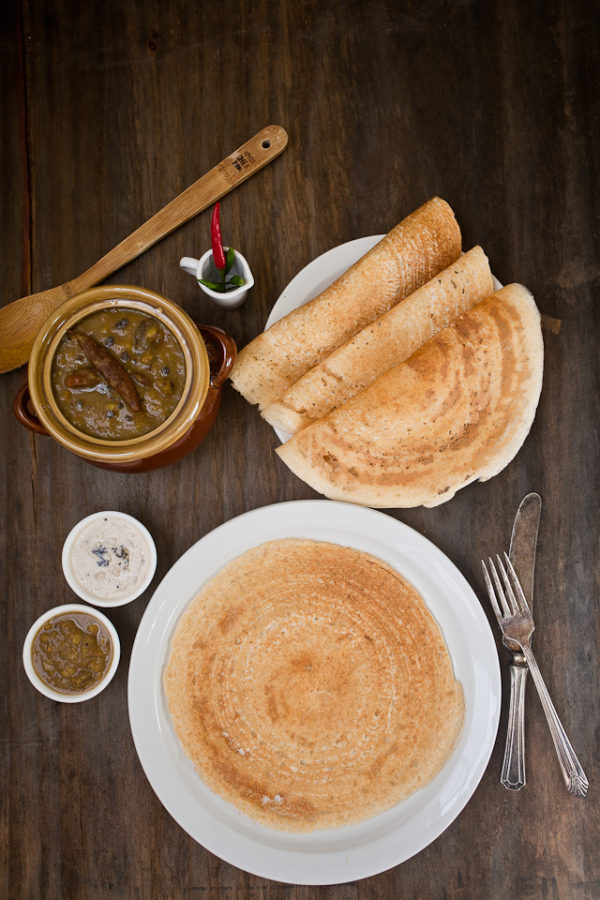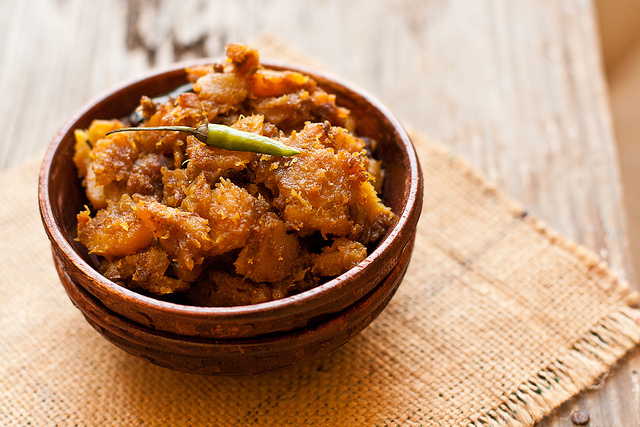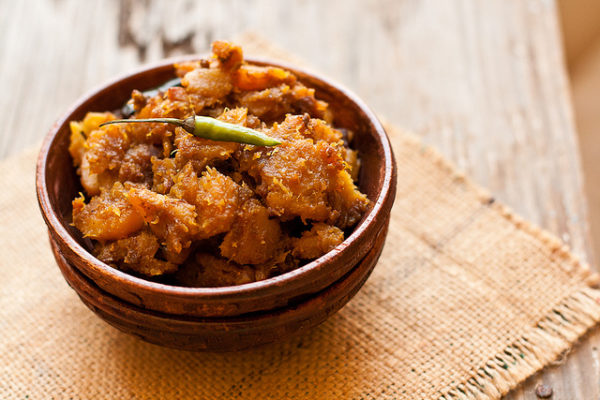As a part of this series I will showcase one of my favorite blogs/bloggers each month. To kickstart the series I have a very dear friend of mine who like me hails from India and shares her stories, experiences and recipes from the country. I just like the refreshing feel of her blog. Her simplistic writing accompanied by the gorgeous photography is just a breath of fresh air. Will not waste time because she is the one who is going to do all the talking today. Let me introduce you to Tanvi of Sinfully Spicy and lets show my homegirl some love!
Prerna is one person who never fails to fascinate me with her warmth & energy. Always full of excitement, I would say that she is one of the most cheerful lady I have met in the blogging world. They say that you need an eye for beauty, as much as I have known her, I feel that the kind of emotions & personality you carry around in life tend to reflect in everything you do – be it words, lens or recipes. Beautiful people make beautiful blogs – Indian Simmer is a testimonial of exactly that! Her lens is what personifies indian cuisine to the root – Vibrant, colorful & mouthwatering.
I was honored when she asked me to guest post on her blog. Thank you so much, Prerna! Among many of her creative ideas, she came up with this series where she wants to feature her favorite blogs. Well, the thought of kick starting the series is jaw dropping for me! Thank you so much again Prerna for inviting me here. To make the series fun, she posed me with a little questionnaire, which I tried my best to answer. Please keep in mind that this is the first time EVER in my life that someone interviewed me, don’t mind if I got carried away at places 🙂
Tell us about yourself and what you would say is your food philosophy?
Hi, I m Tanvi & I blog at Sinfully Spicy. I grew up in Delhi, India in a food loving, big joint family. No points for guessing that cooking caught my interest interested right from childhood. Indian families have this tradition where elders give money or gifts to kids as a token of appreciation for any good deed done.With my grandma, cooking always scored; what started as a hobby to fill up my piggy bank, slowly turned into a passion. Whatever I have learnt in kitchen, I owe it to her & my mom, who are two of the greatest cooks I have come across in my life.
My food philosophy is very simple – I like to cook from seasonal ingredients, include lots of whole grains & legumes in our daily diet and follow portion control. I hardly buy any canned produce and stick to natural (and sometimes organic) food items. I maintain that meals cooked with fresh ingredients & good mood always come out delicious. My family likes food with spice level spiked up; our daily meals are full of flavors from Indian spices but low on oil & cream. While weekdays are mostly home cooked meals, on weekends, we like to experiment with different cuisines when eating out.
What led you to starting a food blog?
Before shifting to USA, I led a very busy corporate life & believe me that I had never heard of a food blog! After coming to USA as a dependent wife, my life became as slow & boring as it could be. Just to kill the boredom of lazy afternoons, one day I reached out for the camera & starting taking pictures of the meals I cooked. It went on for a week before my husband spotted the images in my laptop & suggested that I should document them somewhere & share the recipes, the blog was born within an hour & as they say rest is history!
What would you say is “Sinfully Spicy” all about and please share a recipe that best describes your blog?
Sinfully Spicy is my humble effort to showcase the magical world of Indian spices & share how to use them creatively in preparing delicious indian recipes. Usually people think that spicy food necessarily has to be “hot”, it’s my sincere wish to clear this misconception with this blog. As with the rest of the world, the only “ hot” spice in Indian cuisine is red chili powder, all other spices are to enhance taste & flavor. Spices need not add heat to food always, they are as diverse as moods of life – warm, sweet, pungent, comforting, sour, bitter and when used in the right proportion, make food tasty and not fiery.
Paneer Jalfrezi is a spicy indian stir-fry made with bell peppers, onions, tomatoes & spices. As with many Indian dishes, Jalfrezi is not a dish in itself but a cooking method. You substitute paneer with rotisserie chicken or shrimp and make your own version. The idea is to make a quick stir-fry with ingredients, which require less cooking time. The dish was initially created by The British to use left over meats but, over the years, it has evolved as a popular side dish in Indian restaurants. Jalfrezi dishes are colorful, have pronounced use of chilies and the texture of vegetables is crunchy. You can add stock or cream & make a sauce & serve as a main dish but I like to prepare it a dry curry.
Ingredients (Serves 2):
3 tbsp canola/olive/sunflower oil
1 tsp cumin seeds
1 tsp coriander seeds, lightly crushed
1 large onion, sliced
2-3 garlic cloves, minced
1″ fresh gingershoot, minced
2 Thai green chilies, chopped
2 medium roma tomatoes, quartered & sliced
3/4 tsp turmeric powder
1.5 tbsp red chili flakes (adjust to tolerance)
1 cup sliced bell peppers (use any colored peppers of choice)
7 oz / (200gm) paneer (Indian cheese), sliced into 2” batons
Salt to taste
½ tsp garam masala
1.5 tbsp white vinegar / fresh lemon juice
¼ tsp sugar
Chopped Cilantro for garnish
Method:
Heat oil in a cast iron skillet or pan /wok/kadhai on high. Once smoking, add cumin & coriander seeds and fry for 30 seconds or so till they crackle.
Next, add the minced ginger & garlic along with green chilies and cook for another 30 seconds till you smell the aroma.
Reduce heat to medium and add sliced onions next to the pan and fry till soft and translucent. About 2-3 minutes.
Add sliced tomatoes, turmeric powder & red chili flakes to the pan next and fry for 5-7 minutes till tomatoes begin to sweat & soften but do not turn mushy. You will see oil separating on sides of the pan. Stir frequently to prevent tomatoes from sticking to the bottom of the pan. Add the sliced peppers next, stir and fry them for 5-8 minutes so that they cook slightly but still hold their shape & are crunchy.
Add the paneer next along with salt, increase heat to high and cook for 2-3 minutes with gentle tossing so as not to break the cheese.
Remove from heat, sprinkle the garam masala, sugar & top up with vinegar. Combine well. Garnish with chopped cilantro & serve with steamed rice or Indian breads.

